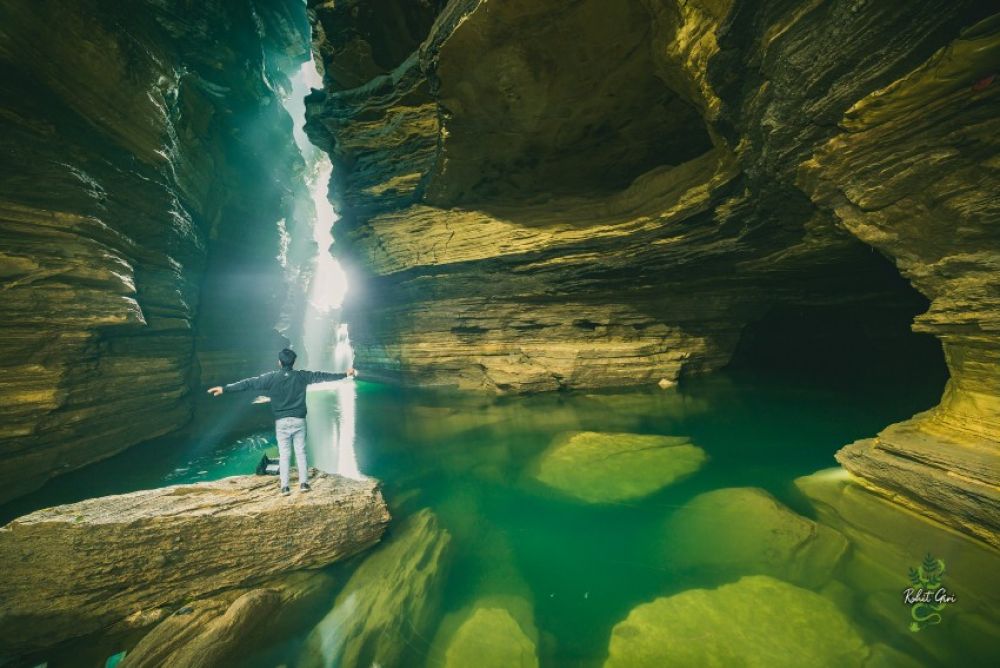

Gupteshwor Mahadev Cave, situated in the touristic city of Pokhara, Nepal, is a revered destination for both pilgrims and nature enthusiasts. The optimal time for a visit is during the dry season, which stretches from October to April. During these months, the weather is usually clear and dry, providing the perfect conditions for exploring the cave's stunning stalactites and stalagmites without the hindrance of rain or the high humidity that the monsoon season brings. The visibility is also better during these months, which means you'll have a better chance to enjoy the breathtaking views of the surrounding landscapes. Tourists should particularly consider coming in March and April, as these months offer the additional spectacle of the rhododendron forests blooming with vibrant colors around Pokhara.
Another factor to consider is religious festivals. An auspicious time to visit the cave is during Shivaratri, the festival dedicated to Lord Shiva, which typically falls in February or March according to the lunar calendar. During this festival, the cave, dedicated to the same deity, becomes a hub of religious activity, drawing in devotees from across the region. Visiting during this period would provide an opportunity to witness unique cultural ceremonies and practices. However, those preferring a quieter visit might want to avoid festival days as the site can become quite crowded. Regardless of the time you choose to go, it is suggested to check local weather conditions and festival dates before planning your trip to ensure the best possible experience at the Gupteshwor Mahadev Cave.
| Month | Min Temp | Max Temp |
|---|---|---|
| January | 5 °c | 19 °c |
| February | 7 °c | 21 °c |
| March | 11 °c | 27 °c |
| April | 14 °c | 30 °c |
| May | 17 °c | 30 °c |
| June | 20 °c | 30 °c |
| July | 21 °c | 30 °c |
| August | 21 °c | 30 °c |
| September | 20 °c | 29 °c |
| October | 15 °c | 27 °c |
| November | 10 °c | 23 °c |
| December | 6 °c | 20 °c |